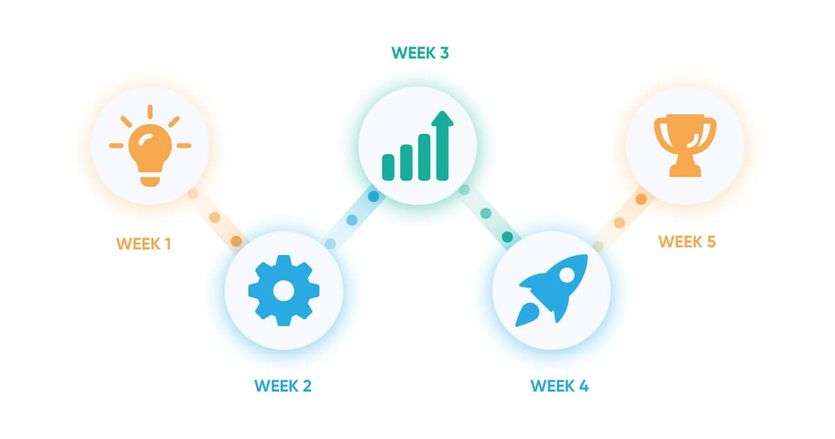Project scoping is a critical phase of any project management process. It involves defining the project goals, objectives, and deliverables. In this article, we will explore the art of project scoping and how to define these three essential elements.
Defining Project Goals
Project goals are the overarching outcomes that the project aims to achieve. They provide a clear direction for the project and guide the decision-making process throughout the project's lifecycle. Defining project goals involves answering the following questions:
- What is the purpose of the project? Why is it being initiated? - What are the expected outcomes or benefits of the project? - What is the timeframe for achieving the project goals? It is important to involve all stakeholders in the process of defining project goals to ensure alignment and buy-in from everyone involved. Once the project goals are defined, they should be documented and communicated clearly to all stakeholders.
Defining Project Objectives
Project objectives are the specific, measurable, and achievable outcomes that support the project goals. They are the building blocks that help to achieve the project's overall purpose. Defining project objectives involves answering the following questions:
- What are the specific outcomes that the project needs to achieve to meet the goals? - What are the metrics that will be used to measure progress towards the objectives? - What is the timeframe for achieving the project objectives? Similar to defining project goals, it is important to involve all stakeholders in the process of defining project objectives. Once the project objectives are defined, they should be documented and communicated clearly to all stakeholders.
Defining Project Deliverables
Project deliverables are the tangible outputs that the project produces to meet the project objectives. They are the end products or services that are delivered to the project's stakeholders. Defining project deliverables involves answering the following questions:
- What are the specific outputs that the project needs to produce to meet the objectives? - What are the criteria for acceptance of the deliverables? - What is the timeframe for delivering the project deliverables? It is important to involve all stakeholders in the process of defining project deliverables to ensure that they are realistic and achievable. Once the project deliverables are defined, they should be documented and communicated clearly to all stakeholders.
The Importance of Defining Goals, Objectives, and Deliverables
Defining project goals, objectives, and deliverables is critical to the success of any project. Without these elements, the project may lack direction and focus, making it difficult to measure progress and achieve the desired outcomes. By defining these elements, the project team can align their efforts towards a common purpose and measure progress towards achieving that purpose. Clear communication of project goals, objectives, and deliverables is also important for managing stakeholder expectations. By clearly communicating these elements, stakeholders can understand what the project aims to achieve and what they can expect to receive at the end of the project. This can help to build trust and credibility with stakeholders and ensure that the project is viewed as a success. Project scoping is a critical phase of any project management process. Defining project goals, objectives, and deliverables is essential to ensure that the project has direction, focus, and clear outcomes. It is important to involve all stakeholders in the process of defining these elements and to communicate them clearly to all stakeholders. By doing so, the project team can align their efforts towards a common purpose and achieve the desired outcomes, while also managing stakeholder expectations and building trust and credibility.




